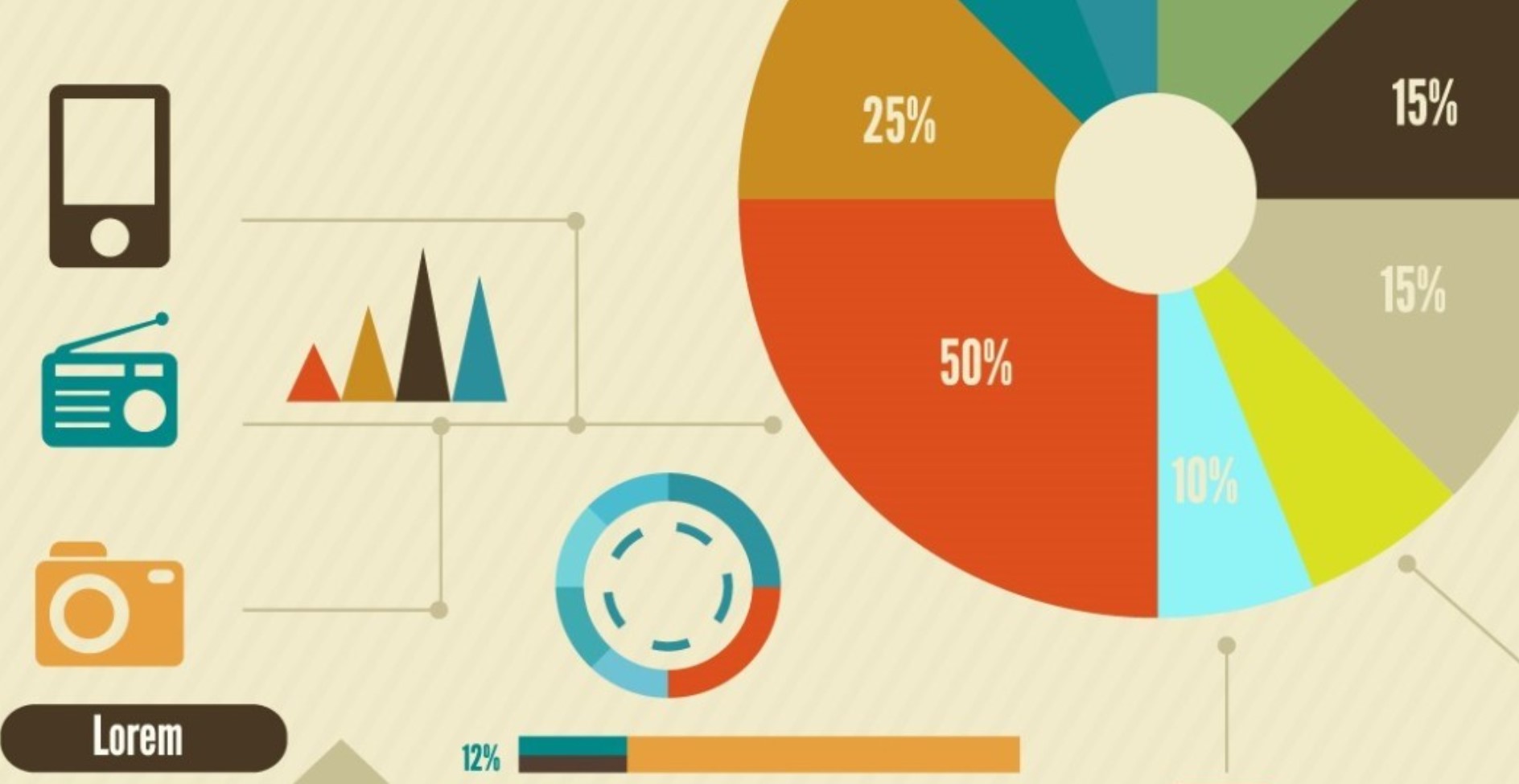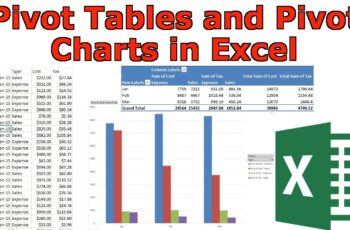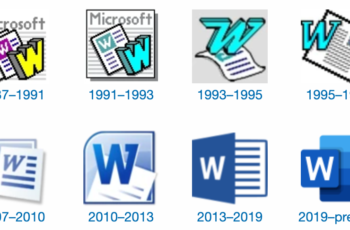Data visualization is a crucial aspect of data analysis and presentation. It allows us to represent complex data sets in a visually appealing and easy-to-understand manner. Among the numerous tools available, Microsoft Excel stands out as one of the most popular and user-friendly options for creating charts and graphs. In this article, we will delve into the art of effective data visualization using MS Excel’s charts and graphs, exploring various techniques and best practices to help you communicate your data insights effectively.
Getting Started with MS Excel’s Charts and Graphs:
To begin our journey into the world of effective data visualization, let’s first understand the basics of using MS Excel’s charts and graphs. Follow these steps to get started:
- Open Microsoft Excel: Launch MS Excel and load your data into the spreadsheet.
- Select Data: Organize your data in rows and columns. Ensure that the data you want to visualize is contiguous and logically arranged.
- Choose Chart Type: Select the data you want to visualize and click on the “Insert” tab. Choose the chart type that best suits your data, such as bar charts, line graphs, pie charts, or scatter plots.
- Customize Chart: Customize your chart by adding labels, titles, legends, and data points. MS Excel offers a variety of formatting options to enhance the visual appeal of your chart.
- Analyze Data: Use the insights gained from the visualization to draw meaningful conclusions and make informed decisions.
Understanding LSI Keywords and their Importance:
LSI (Latent Semantic Indexing) keywords play a vital role in optimizing your content for search engines. These keywords are semantically related to the main keyword and help search engines understand the context of your content better. For “Effective Data Visualization with MS Excel’s Charts and Graphs,” some LSI keywords include:
- Data visualization techniques
- Visual representation of data
- MS Excel charting tips
- Data analysis and visualization
- Best practices for Excel charts
Using these LSI keywords strategically throughout your content can improve its relevance and search engine rankings.
Utilizing Different Chart Types for Effective Data Visualization:
MS Excel offers a wide range of chart types, each suited to specific data representations. Let’s explore some of the most effective chart types and when to use them:
Bar Charts for Comparisons:
Bar charts are ideal for comparing different categories or data sets. They use rectangular bars of varying lengths to represent data and are excellent for visualizing trends and comparisons.
Use bar charts when:
- Comparing sales figures for different products.
- Analyzing the performance of multiple teams over time.
- Displaying survey results with multiple response options.
Line Graphs for Trends:
Line graphs are perfect for illustrating trends and changes over time. They connect data points with lines, making it easy to identify patterns and fluctuations.
Use line graphs when:
- Analyzing stock market trends over a specific period.
- Tracking website traffic over months or years.
- Showing changes in temperature or weather patterns over time.
Pie Charts for Proportions:
Pie charts are useful for displaying proportions and percentages. They represent data as slices of a circular pie, with each slice representing a different category or segment.
Use pie charts when:
- Showing the distribution of expenses in a budget.
- Illustrating the market share of different products.
- Presenting survey responses based on different options.
Scatter Plots for Relationships:
Scatter plots are valuable when you want to understand the relationship between two variables. They use dots to represent data points and help identify correlations.
Use scatter plots when:
- Examining the relationship between advertising expenses and sales revenue.
- Analyzing the correlation between student study time and exam scores.
- Investigating the connection between temperature and ice cream sales.
Area Charts for Trends and Totals:
Area charts are similar to line graphs but fill the area under the lines with color, making it easier to visualize accumulated totals and spot trends.
Use area charts when:
- Visualizing the revenue generated by a business over several years.
- Displaying the population growth of different cities over time.
- Tracking the progress of project tasks over the project duration.
Radar Charts for Comparing Multiple Variables:
Radar charts are excellent for comparing multiple variables simultaneously. They use a series of spokes to represent different categories, and the data points connect to create a polygon.
Use radar charts when:
- Comparing the skill levels of different athletes in various sports.
- Evaluating the performance of multiple products based on different attributes.
- Analyzing the strengths and weaknesses of competing companies.
Tips for Enhancing Data Visualization in MS Excel:
To create visually compelling and effective data visualizations, consider these tips and tricks:
- Keep it Simple: Avoid cluttering your charts with unnecessary elements. Keep the design clean and straightforward for easy interpretation.
- Use Color Wisely: Choose colors that enhance the clarity of your data and aid in differentiating between elements.
- Provide Context: Add clear and concise titles, labels, and legends to provide context and aid understanding.
- Scale Axes Appropriately: Ensure the axis scales accurately represent the data to prevent misleading interpretations.
- Highlight Key Data Points: Use annotations or callouts to draw attention to critical data points or trends.
- Include Data Sources: Always cite the source of your data to maintain credibility and transparency.
- Test Different Chart Types: Experiment with different chart types to find the one that best represents your data.
- Consider Accessibility: Ensure your visualizations are accessible to all users, including those with disabilities.
- Update Data Regularly: Keep your visualizations up-to-date by refreshing data and adjusting charts accordingly.
Effective Data Visualization with MS Excel’s Charts and Graphs – A Game Changer:
Effective data visualization with MS Excel’s charts and graphs can be a game changer for businesses and individuals alike. By presenting data in a visually engaging and easily understandable manner, you can make informed decisions, identify trends, and communicate insights with clarity. Whether you are a data analyst, a business professional, or a student, mastering the art of data visualization in MS Excel can set you apart and enhance your success.
FAQ’s:
Q: How can I create a bar chart in MS Excel?
A: To create a bar chart in MS Excel, select the data you want to visualize, click on the “Insert” tab, and choose the “Bar Chart” option. Then, select the specific bar chart type you prefer, such as a clustered bar chart or a stacked bar chart.
Q: Can I customize the appearance of my charts in MS Excel?
A: Yes, MS Excel offers a wide range of customization options for charts. You can change colors, fonts, labels, and even add elements like data labels and trendlines to enhance the appearance of your charts.




